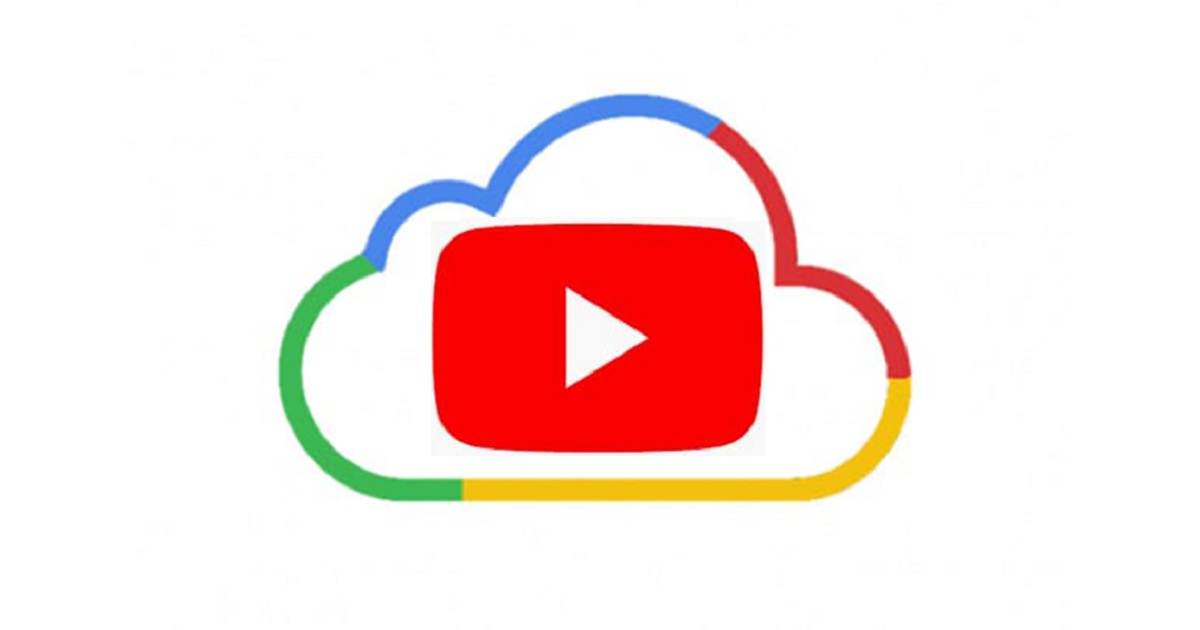Google Is Migrating Parts of YouTube to Google Cloud
Google Cloud | June 07, 2021

Recently Google’s Cloud Director said that, Google is migrating few of its popular YouTube video services from the company’s in-house data center infrastructure to their cloud service.
This move indicates Google’s effort to expand their market share of the growing cloud computing market and minimize the dependencies on the advertisement hosted on web search engines and other properties. It will also help to boost their cloud revenue.
Till date, Google has relied on their systems to run the most widely used applications across computer servers in the data center. The Google Cloud Platform services cohabit individually, and Google is not working to migrate their eponymous search engine.
However, like other applications, the company’s outlook towards the value of having its top products using the cloud is changing.
In an interview with CNBC last month, Google Cloud CEO Thomas Kurian said, “As part of evolving the cloud, we will make our own services increasingly available to us.” YouTube Some of them are migrating to Google Cloud. “
With this change, Google will be more in line with its major US competitors, Amazon and Microsoft.
In 2019, Amazon said that after years of effort, finally its consumer business has shut down its last Oracle database in favor of the Amazon Web Services database. Microsoft wants its LinkedIn social networks and Minecraft video games to become more reliant on on their Azure public cloud.
The Google Workspace is a bundle of productivity apps, formerly known as G Suite, the Waze navigation app, and the DeepMind artificial intelligence research group all rely on the Google cloud infrastructure, Kurian said.
YouTube is unalike. According to Amazon’s Alexa analytics tool, it is the second largest website on the Internet and is used by more than 2 billion users every month. Google acquired the property in 2006 for $ 1.65 billion.
Google’s decision to use public cloud resources for YouTube and other consumer services is a continuous effort to convince large companies to build on the Google cloud or run existing applications on Google Cloud Platform. This might ease out the life of the company’s sales representatives. Sales reps can say that Google Cloud is suitable for the company’s business-critical workloads.
This can boost Google’s cloud revenue gradually. Nearly 58% of Google’s parent company Alphabet’s first-quarter revenue comes from Google Search and other categories, including advertisements that appear on Google’s web search engine, Gmail, Google Maps, and other online sites operated by the company. Google’s cloud business, including public cloud and Google Workspace, generated 7% of revenue, but raised faster.
While the cloud branch has reduced Alphabet’s operating margin and lost billions of dollars annually for at least three years, Amazon Web Services, the largest cloud infrastructure provider (in terms of revenue), has become a major revenue earner.
According to Gartner, the cloud infrastructure market share in 2019 was 5% for Google, 45% for Amazon and about 18% for Microsoft. However, Gartner hasn’t released more recent figures though.